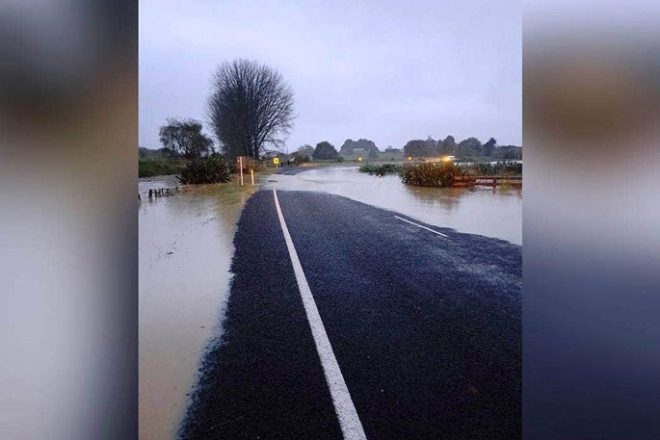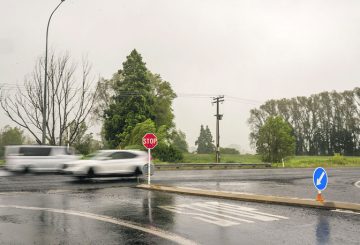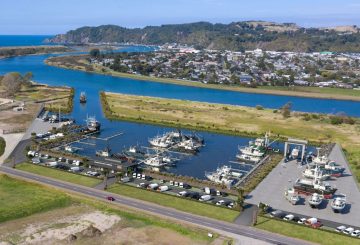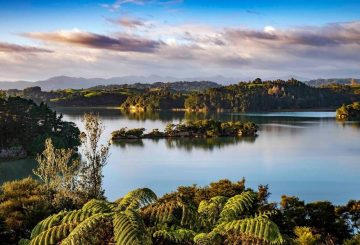The Bay of Plenty Regional Council is planning to upgrade the flood defences in Whakatāne, a project set to start in January 2024. The project, named Future Proof, aims to replace or improve the existing flood barriers along the Whakatāne River. This includes the area from McAlister Street pump station to the Muriwai Drive Playground.
Flooding is a common natural disaster in Aotearoa, with a major flood happening roughly every eight months. Mark Townsend, the Engineering Manager, highlights the importance of flood protection in reducing the risk of significant flood events to people, property, and livelihoods. He explains that the current flood defences need to be upgraded to cope with current weather events and future climate change impacts.
The project is necessary for two main reasons. Firstly, to fix areas where there is ‘seepage’, which is when water passes through a flood barrier when the river level is high. While some seepage is beneficial for relieving pressure within the barriers, uncontrolled seepage can cause them to collapse, endangering people, property, and livelihoods. Secondly, the project aims to adapt to the challenges of more frequent and significant flood events.
The flood defences need to be able to withstand a significant flood event, also known as a 1% annual probability event (AEP), through to 2040. This requires upgrading the defences to protect the town against future climate change impacts, such as increased rainfall and sea level rise.
The first stage of the project will start in early 2024, focusing on the area from the McAlister Street pump station to the iSite. The existing flood barriers will be increased in size or replaced. This will involve driving large steel sheet piles into the ground to form a wall, which will then be covered in concrete panels. The wall will range in height from 0.6m to a maximum of 1.7m.
The project also includes improving pedestrian and vehicle access to the Warren Cole Walkway and the Yacht Club car park. The council is working with the Whakatāne District Council and Te Rūnanga o Ngāti Awa to create a functional waterfront space that can withstand heavy weather events while maintaining a connection to the community.
For more information, visit boprc.govt.nz/future-proof or contact the project team at engineering@boprc.govt.nz or 0800 884 880.






















































-660x440.jpg)